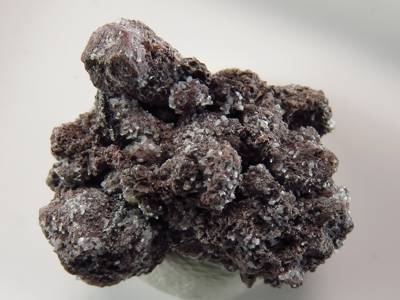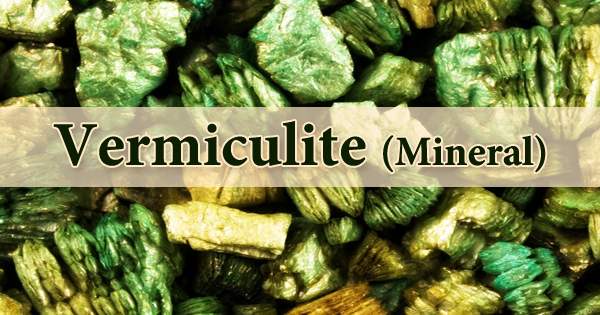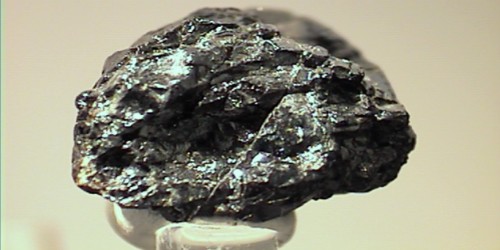Artroeite, formula – [PbAlF3(OH)2] is a mineral found in Arizona. It is named for the late American chemist Arthur Roe (1912–1993).
The structure was solved by direct methods and refined to R = 0.022 using X-ray diffractometer data (1096 independent reflections). In the structure, edge-sharing dimers of AlF3(OH)3 octahedra link together by bonds to Pb atoms to form approximately close-packed layers parallel to (101̄). The layers are linked to one another by one Pb-F bond and two H bonds per formula unit. It is not radioactive.
General Information
- Category: Halide
- Formula: [PbAlF3(OH)2]
- Crystal system: Triclinic
- Crystal class: Pinacoidal.

Physical Properties of Artroeite
- Cleavage: Perfect, {010} Good
- Color: Colorless.
- Density: 5.36 – 5.42, Average = 5.39
- Diaphaneity: Transparent
- Fracture: Brittle – Generally displayed by glasses and most non-metallic minerals.
- Habit: Bladed – Aggregates of thin lath-like crystals (e.g. kyanite).
- Hardness: 2.5 – Finger Nail
- Luster: Vitreous (Glassy)
- Streak:
- Tenacity: Brittle
Occurrence
It occurs as colorless bladed crystals associated with quartz, fluorite, galena, anglesite, and an as yet undescribed mineral of composition PbCa2Al(F, OH)9. Artroeite has a Mohs hardness of about 2.5, a measured density of 5.36(2) g/cm3, and a calculated density of 5.47 g/cm3. It exhibits a perfect {100} cleavage and a good {010} cleavage.
Type Locality
Grand Reef Mine (Aravaipa Mine; Lead Jewel; Joe Rubal Mine; Vivian Mine; Calistoga Mining & Development Co. Mine; Bringham Silver and Lead Mine), Laurel Canyon, Grand Reef Mountain, Klondyke, Santa Teresa Mts, Aravaipa District, Graham Co., Arizona, USA.
















